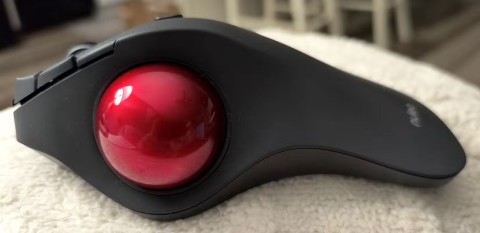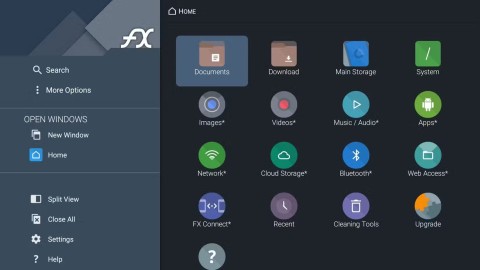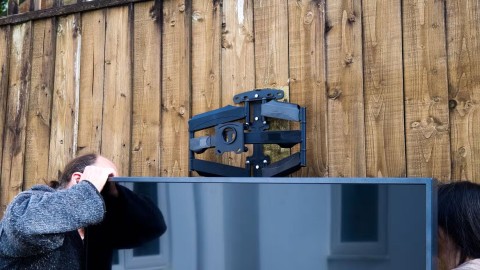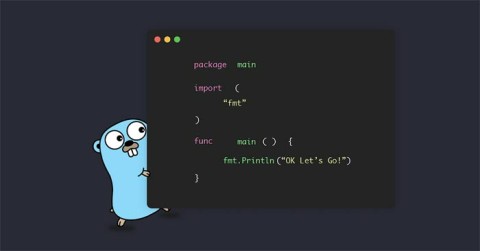How much does AppleCare+ cost? Should I get AppleCare+?

AppleCare+ is a service that Apple offers users to purchase in case their device has a problem.
Blending oil pastels like a pro will help you take your drawings to the next level! Let's explore the most beautiful and simple ways to blend oil pastels .
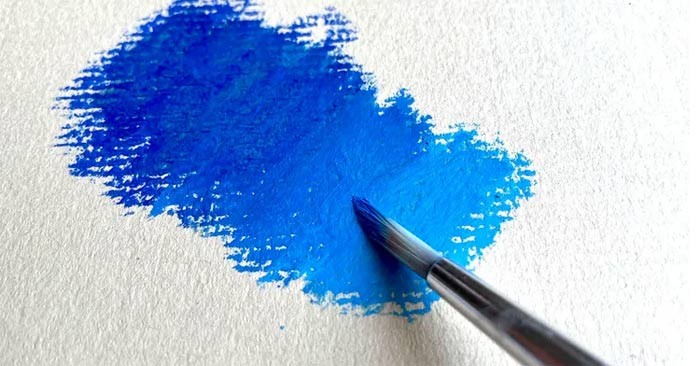
One of the great things about using oil pastels is that they blend incredibly easily – you can create smooth shades and blend the colors together on paper.
Oil pastels can even resemble oil paintings when applied thickly, with soft edges and rich colors.
There are many different ways to blend wax onto paper, so you can experiment with all of the options and find the method that works for you. They all have their pros and cons, so you should try a few methods until you find your favorite.
Many options are affordable and easy to find, so you don't need to spend extra money on extra materials if you're a beginner.
Summary of how to mix wax oil
Finger blending is often the first method most artists try when working with oil pastels and it can yield great results!
The main downside is that your fingers can get dirty quickly, meaning you could accidentally smear other colors. You should wash your hands frequently if you use this technique, or keep some wet wipes nearby to clean your fingertips.
If you want to keep your hands clean, blending sticks or tortillons can be helpful. These are paper sticks that you can use to smudge the pastels.
When the mixing paddle gets dirty, you can rub the tip with a kneaded eraser or remove some of the surface with sandpaper. Then your mixing paddle will look like new and you can get back to work!
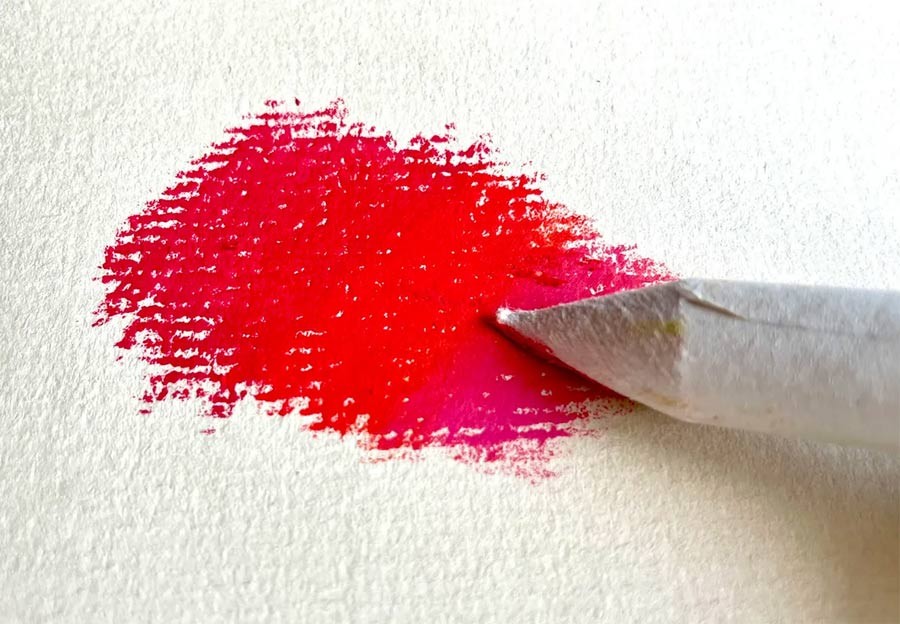
Paper towels are cheap and easy to find. You can crumple them up or shape them into a point to mix the wax together. Be careful not to rub your drawing too hard or the paper will disintegrate.
This may sound like a strange suggestion, but don't be afraid to try it. Foam insulation tubing can be found at most hardware or DIY stores and can be cut into short pieces for easier handling. Rub it over your wax pastels to blend the colors together evenly.
If you are a parent, you probably already have a bottle of baby oil in your home. If not, baby oil is available at pharmacies and supermarkets and is very cheap.
Baby oil is actually mineral oil, so it's perfect for blending oil pastels together! Try not to use too much as it can make your paper greasy. Apply a little with a brush or cotton swab and blend to your liking.
Low odor solvents are commonly used with oil paints. Since pastels are also oil based, you can use solvents on them as well.
You can also use turpentine, but this has a very strong smell and is toxic, so you should use a less smelly alternative.
If using turpentine, make sure you are in a well-ventilated room. If any gets on your skin, wash it off with soap and water.
You can use a low odor solvent with a brush or cotton swab to smooth out your oil pastels. Add just a little at a time for best results.
When using for the first time, test on a piece of paper first so you know what the results will be like.

You can mix and blend colors directly onto the paper or separately in a palette. A palette knife can be used to blend the pastels in the palette before transferring to paper.
This approach gives you more control over the color mixing, but can be difficult to apply evenly on paper.
Every artist should have one of these erasers in their kit. These soft erasers can be shaped with your hands, so you can mold them into a point if you like.
Just rub the eraser lightly over your drawing and see how easily the crayons blend!
Turn your oil pastel drawing into an oil painting with a few drops of linseed oil. This dilutes the pigment and makes the resulting coloring effect more like paint! You can even move the oil pastel around with a brush.
You can also blend the wax by coating it with another color. This can be used to create different effects at the same time.
For example, if a color is too bright, you can blend and tone it down at the same time by layering white, gray, or black over it.
Some oil pastels are water soluble, so you can create a watercolor-like effect by brushing a little water over them. Be careful not to use too much or the paper will warp!
AppleCare+ is a service that Apple offers users to purchase in case their device has a problem.
Microsoft has officially announced a very useful new feature for Word users, allowing for easier processing of long documents with the help of AI.
There is no doubt about the danger of IoT attacks, especially when multiple devices share the same network.
In addition to signing out of your mobile device on Windows, you can remove your mobile device from the list of links, following the instructions below.
Security is important when shopping online, which is why many people are starting to use virtual or disposable credit cards.
Anyone who has ever suffered from wrist pain or desk clutter has wondered if there was another type of mouse. And the answer is yes! It's time to switch to the trackball!
By default, new documents created in Keynote are automatically saved to iCloud, which can drain your iCloud storage. Here's how to stop Keynote from saving files to iCloud Drive.
If you're thinking about leaving the Apple ecosystem, you might want to delete your Apple account. Luckily, Apple makes it possible.
If you're running low on system memory, Task Manager can help you detect and fix high memory usage fairly easily.
Using a Smart TV without the Internet may seem counterintuitive at first. However, with the right apps installed, you can stay entertained, informed, and even productive.
The good news is that changing a few key settings can instantly boost your Smart TV's privacy and reduce unnecessary tracking.
Smart TV warranties are a safety net, meant to protect you if something goes wrong. However, you can accidentally void your Smart TV warranty without even realizing it.
With the latest ChatGPT update users can access websites from a specific website, allowing you to refine your search.
Go supports two main ways to pass arguments: Pass by Value and Pass by Reference. Go uses pass by value by default.
In Go language, you are allowed to return multiple values from a function, using the return statement. In other words, in a function, a return statement can return multiple values.



